When you hear the word “Cambodia”, what comes to your mind? I used to draw a blank or in the best of cases I thought it was a far east land, of oriental-looking people who… probably had a lot of wars?
It wasn’t until my friend Isadora lived there for three years that I got to learn more about this fascinating country.
Let me share with you four things I learned:
1. A bit of the history of Cambodia
“Cambodia is a country located in the southern portion of the Indochina Peninsula in Southeast Asia. With a total landmass of 181,035 square kilometers (69,898 sq mi), it is bordered by Thailand to the northwest, Laos to the northeast, Vietnam to the east, and the Gulf of Thailand to the southwest.”
Cambodia is one of those countries that made me think: “Exotic!”. But how little did I know about its tragic recent past:
From Wikipedia:
“The Khmer Rouge … literally translated as Red Cambodians was the name given to the followers of the Communist Party of Kampuchea, who were the ruling party in Cambodia from 1975 to 1979, led by Pol Pot and others. The regime led by the Khmer Rouge was known as the Democratic Kampuchea.
This organization is remembered primarily for its policy of social engineering, which resulted in genocide. Its attempts at agricultural reform led to widespread famine, while its insistence on absolute self-sufficiency, even in the supply of medicine, led to the deaths of thousands from treatable diseases (such as malaria). Brutal and arbitrary executions and torture carried out by its cadres against perceived subversive elements, or during purges of its own ranks between 1976 and 1978, are considered to have constituted a genocide.
Today, examples of the torture methods used by the Khmer Rouge can be seen at the Tuol Sleng Genocide Museum. The museum occupies the former grounds of a high school turned prison camp. Some 17,000 people passed through this centre before they were taken to sites (also known as The Killing Fields), outside Phnom Penh such as Choeung Ek where most were executed (mainly by pickaxes to save bullets) and buried in mass graves. Of the thousands who entered the Tuol Sleng Centre (also known as S-21), only twelve are known to have survived.”
Before my friend lived there, I had no idea about these horrific events and when I did learn about them, it made me the more curious about today’s Cambodia.
2. Busy and noisy
When I asked Isadora how she would describe the country en general, she said: “Busy and noisy”. Cambodia is not at all how you imagine it. Despite their recent history, Cambodians are not at all sad or resentful. In fact, they are working hard to build up their country again and to catch up with progress.
People are always on the streets, lively, happy people, they are always on the run to get somewhere, thousands or motorbikes, tuk tuks and bicycles, wrecking havoc and in the midst of all the chaos, there is an inherent order.
Thousands of stalls and food stands, offering you all kinds of exotic and delicious food, people calling you out to try them. Commerce happens on the streets.
Even though there’s still poverty, there is also great development, places where you go Wow! at the buildings and the infrastructure.
Isadora shared this video with me, which allowed me to see a city, Phnom Penh the capital (Penh’s Mountain. Phnom = mountain), I didn’t imagine:
3. Shiny happy people
People are at peace for the most part, everything but sad and instead vivacious and cheerful, people who seem to compete for who has the loudest speakers to play their music, right outside, on the street, where it all happens.
Even pagodas, where people go to pray and meditate, blast their speakers with sacred chants. Some say that living next to a pagoda can be very noisy, they can start chanting at 5 am!
Even though some people literally live on one dollar a day, everybody has a cell phone. Some are illiterate, so they remember which keys to push when they want to call someone. A bit timid when you first approach them, they are kind-hearted people.
4. Angkor
If Cambodia’s recent history is tragic, their more “ancient” history is just amazing. Near the city of Siem Reap, the second largest city of the country, and the Tonle Sap lake (tonle = lake) there is a temple complex from the 12th century, Angkor Wat being its main and most preserved temple.
Angkor Wat is the main attraction for visitors and you can reach it by bus, six hours from Phnom Penh or from Thailand from the north, or reach the city directly by plane.
From Wikipedia:
“The initial design and construction of the temple took place in the first half of the 12th century, during the reign of Suryavarman II (ruled 1113 – c. 1150). Dedicated to Vishnu, it was built as the king’s state temple and capital city. As neither the foundation stela nor any contemporary inscriptions referring to the temple have been found, its original name is unknown, but it may have been known as Vrah Vishnulok after the presiding deity.”
But there is just so much to say about Angkor Complex, that I’ll leave it for a later post. Suffice it to say that it has been considered one of the wonders of the world and it is included in the World Heritage Site list of UNESCO. We owe it to ourselves to go visit the temples and visit this wonderful exotic country and meet its kind people not only for the richness of their culture and their magnificent forests and wildlife, but to be multipliers of it, and never forgetting the horrors of the past, so that we don’t repeat them in the future.
Have you ever been to Cambodia or are you planning a trip there?
What was your experience?
Tell us about it here in the comments field and if you liked this post, don’t forget to hit the sharing buttons below!
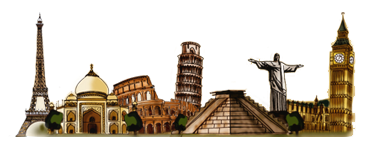
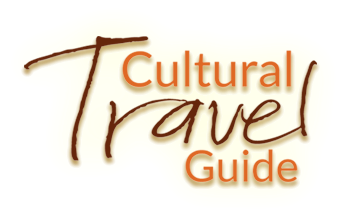

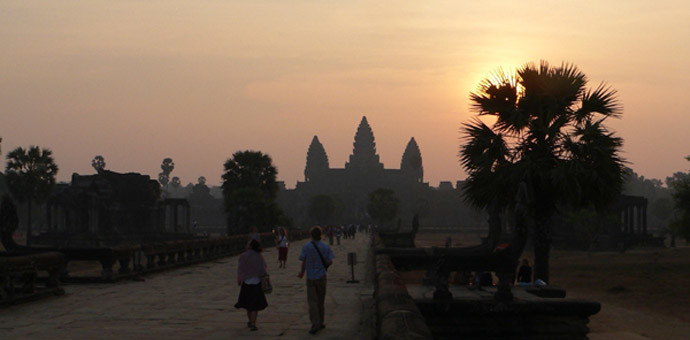

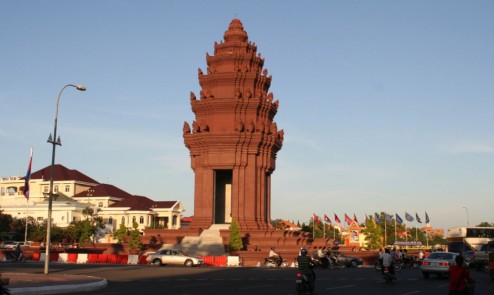
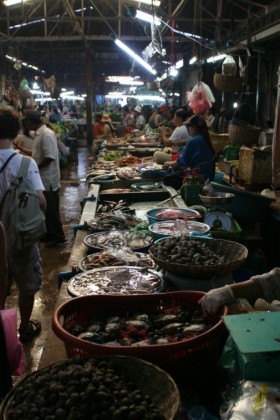
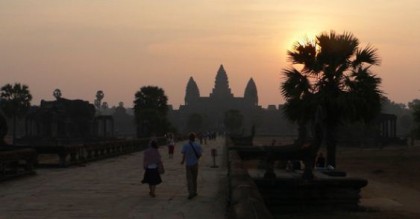


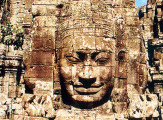
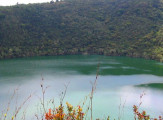
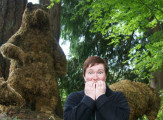
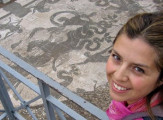
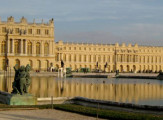
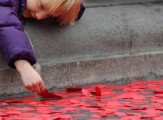
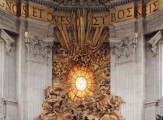
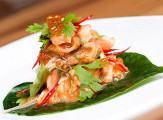


















The race that produced the builders of Angkor developed slowly through the fusion of the Mon-Khmer racial groups of Southern Indochina during the first six centuries of the Christian era.
Thank for this nice article about Cambodia. I believe many people don’t know well about my country. This is also want of the reason I create my blog.
Will read more from you.
Thank you so much! I am absolutely intrigued by your beautiful country and maybe my friend and I will go there together one day, so she can show me around!
Thanks for stopping by!